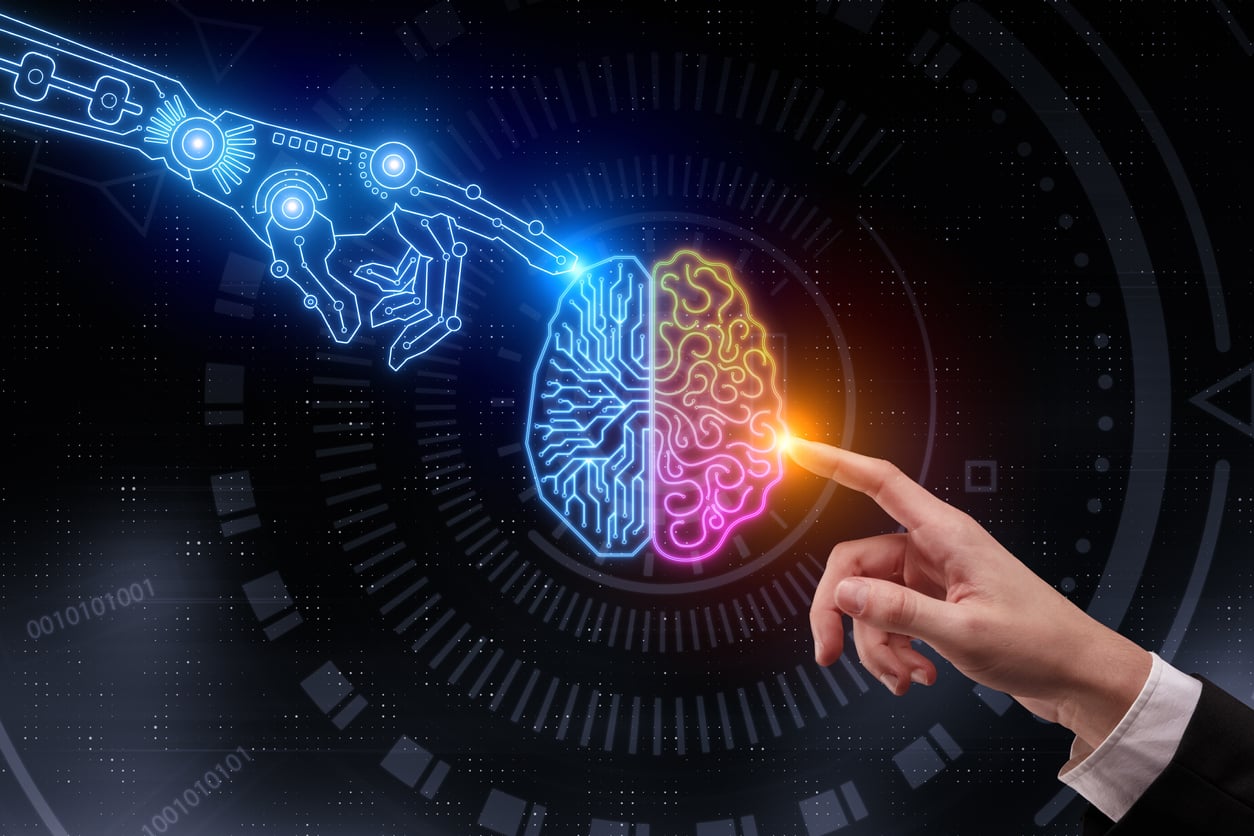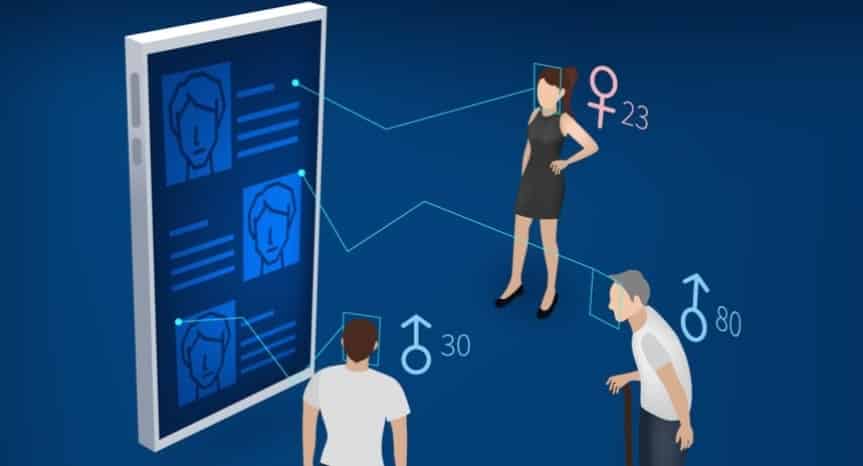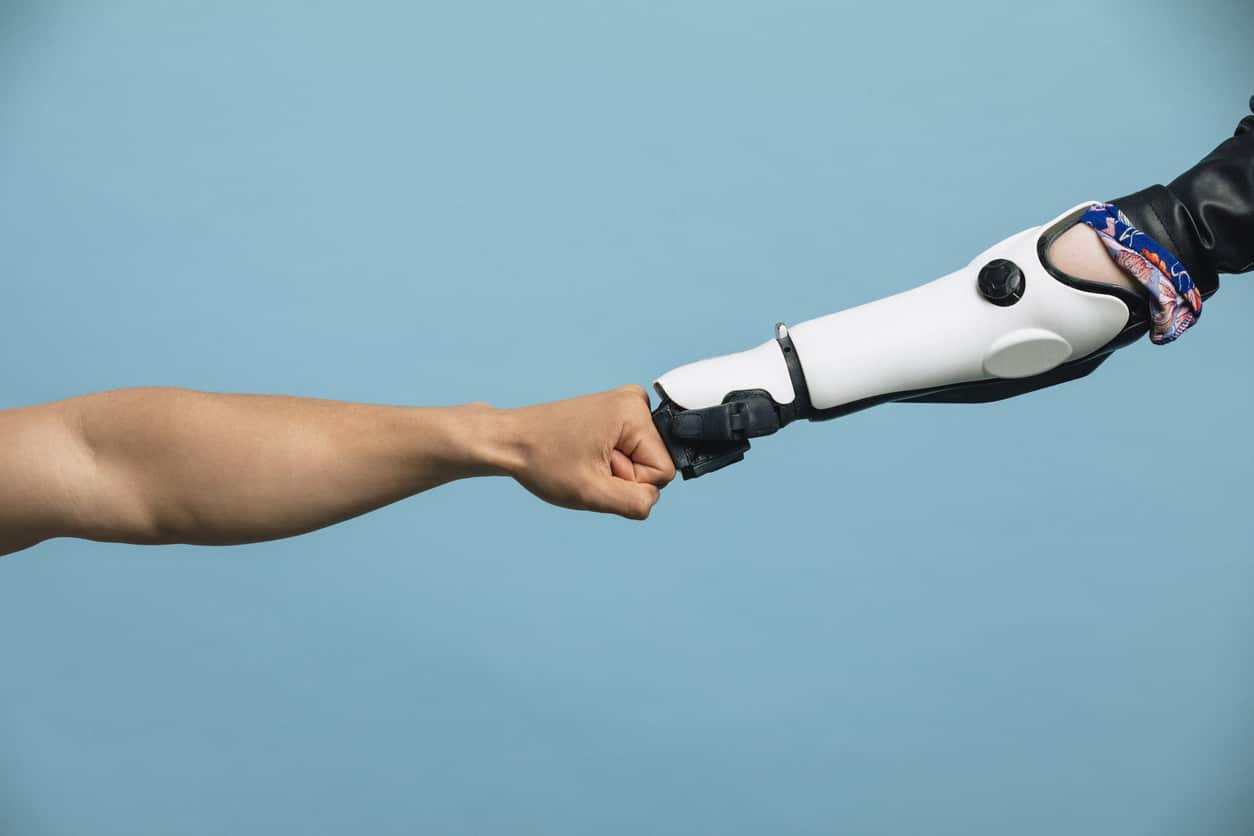We've been hearing the term Artificial Intelligence a lot in the last decade, some of us still suffer from the lack of a proper definition of AI. People usually define AI on the basis of different activities that they witness in their day to day lives, e.g, the computers playing chess or automated systems that drive a car, but on the other hand, we also use terms like human intelligence and universal intelligence. So the question arises, what is the differentiating factor between artificial general intelligence and artificial intelligence?
AI for Everyone: Learn AI Essentials
Learn how AI for Everyone makes artificial intelligence accessible to all. Learn how AI can enhance your life, work, and creativity, regardless of technical skills.
Here’s an exclusive conversation between neuroscience researcher and AI veteran Dileep George (Founder & CTO, Vicarious.ai) and winner of the prestigious National Science Foundation Grant, Professor Kumar Muthuraman (Faculty Director of Center for Research and Analytics, The University of Texas at Austin) where they discuss the future of AI and ways to bridge the gap between Humans and Machines.
Excerpts from the power packed webinar:
If one were to ask, what was the original goal of AI, the answer would be that the original goal of AI was to create software algorithms that are equivalent to or even smarter than human beings. So, as you can see, the reference point was creating something around human capabilities, i.e, mimicking narrow portions of human capabilities. This conversation revolves around the brain inspired AI, the narrow applications of human intelligence that is replicated into AI systems and robotics.
Our human brain is made up of neural networks and when we talk about creating brain inspired AI, we basically refer to the process of creating artificial neural networks that work the way the human brain works, fundamentally. Capabilities can be segmented into different buckets, each of them well approximated with the data. As mentioned earlier, AI started with the original goal of what we now call artificial general intelligence.
When we speak about emulating human intelligence, we talk about creating artificial neural networks. In a way, this brings us closer to replicating the behavior of the human brain.
The basic difference between artificial neural networks and the human brain is that the former is a function approximator, there exists and input data and there exists a target function.
This can be explained through an example: let us take the case where input data is an image and you want to find out if it is male or female or even go into the extent of name mapping. In this case, we will perform function mapping.
The way neural networks are trained, one needs to collect functional data with a target function. The process lies in training this network which is initialized randomly giving random answers. Once that initial response mechanism is established, the neural network is trained to start giving correct answers using gradient descent. Currently, based on the research, causal generative models of the world are being created instead of the functional fitting world. These are focussed mainly on finding solutions to a particular query rather than applying the 'thinking' element that a human brain possesses.
Think of it in terms of watching an image. The artificial neural network can classify faces but won't be able to get into the detailed part that involves the placement of the nose, the direction at which the person in the image is looking at and so forth. In case you want the neural network to detect that as well, you need to train it for that specific problem statement. This is the main difference between the human brain and an artificial neural network. Our brain is more structured, thanks to the existence of 2 layers in which each layer has more microstructure in it. Also, each layer is connected to the other one and that's the reason why there exists a feedback mechanism. This is one of the main reasons why the brain tackles complex problems in a natural and effective way. And this is the level at which researchers aim to take artificial neural networks or graphical networks.
Now, speaking about artificial universal intelligence. It is a pumped up version of artificial general intelligence but quite an impossible feat to achieve due to limitations in the existing model. The existing model follows learning through an assumption process and without assumptions, you cannot expect a response from the neural network.
If you look at the current scenario, it is without any doubt that humans process information faster than artificial neural networks. Even though human brains are general networks, they are far more evolved and work significantly faster for our tuned natural signals such as vision, hearing, and language. But, you pick anything out of this range, say identifying noise patterns or remembering QR codes, and our human brain will find itself in a soup!
But I am sure, as you read the above lines, this question must've hit your brain that why is QR recognition tougher while face recognition is easier?
Well, here is your answer.
Facial recognition is easier in the case of the human brain as compositional mapping is easy for us whereas a neural network cannot read it unless it is trained for it. When it comes to recognizing faces and how this remarkable process works, there is a history attached to it. This question had perturbed Le Chang, a neuroscientist at the California Institute of Technology in 2014. In the primary research, neurons had already been identified in the brains of primates that processed and recognized faces. These six areas in the brain's temporal lobe contain specific neurons that are much more active when a person or a monkey is looking at a face than any object or code. When more research was done on this topic, it was found that each neuron in the face patches responded in certain proportions to only one feature or dimension of what makes a face different. This means that as far as our neurons are concerned, a face is a summation of separate parts as opposed to a single structure. But can babies identify QR codes easily if taught from the beginning? What more exists in this vast and unexplored domain?
To get all the answers, watch the complete video above.
As you must’ve realized by now, AI is a sought after field in today’s times. In a developed country like the US, AI courses in the USA have significant importance. One of the best artificial intelligence courses in the USA is the Post Graduate Program in Artificial Intelligence and Machine Learning: Business Applications offered by Texas McCombs, in collaboration with Great Learning. This 6-month program will help you become an AI and Machine Learning expert through weekly personalized live mentorship sessions, hands-on projects, and career development support.






